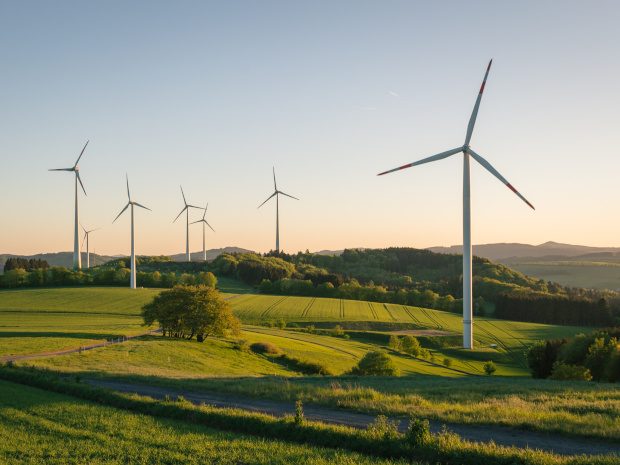How green is your power?

Debate on sustainability reporting in Europe continues. On 31 December, the EU Council approved the EU Taxonomy Climate Delegated Act, part of the EU Action Plan on Sustainable Finance, enabling the regulation to take effect as of 1 January this year.
The EU Taxonomy is somewhat confusingly named, since in digital reporting parlance an XBRL taxonomy is a hierarchical dictionary that defines the tags used for facts and the relationships between them. On the other hand, the EU taxonomy – and some similar initiatives – is a classification system for categorising economic activities according to their environmental impact. Companies will use it for sustainability reporting, for example on to what extent their activities meet the taxonomy’s environment goals, or what proportion of their activities are classified as sustainable. The taxonomy is part of the EU’s wider disclosure framework, and is linked in to both the Corporate Sustainability Reporting Directive (CSRD) and the Sustainable Finance Disclosure Regulation (SFDR).
The EU taxonomy is another step in terms of establishing a common understanding of what is considered sustainable in reporting and decision making. There remains, however, substantial debate within the EU on the issue of the classification of natural gas and nuclear energy as sustainable activities. While some believe these power sources are a necessary transition tool in the shift from coal to renewables, others hold that this opens up new avenues for greenwashing. The European Commission has proposed that gas and nuclear activities should be included in the taxonomy under certain “clear and tight conditions,” particularly in terms of how they contribute to the transition to climate neutrality. It has now begun expert consultations on this issue.





